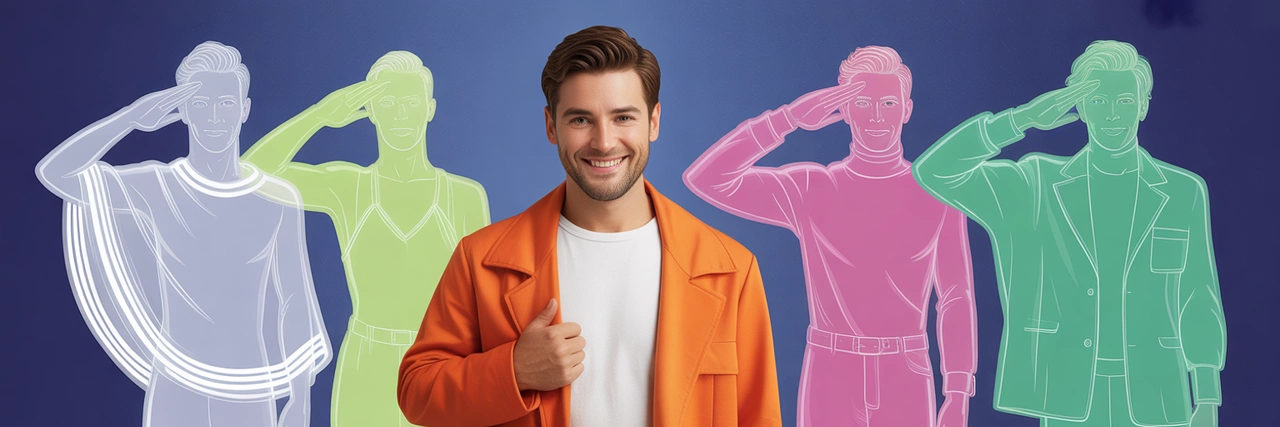Fashion Trends Posts on Crowch
From April 13 to October 13, 2025, Osaka will become the global capital of ideas, innovation, and cultural exchange. The World Expo 2025 will bring together representatives from more than 150 countries and organizations to share visions for the future of humanity. Under the theme "Designing Future Society for Our Lives", this event is more than an exhibition — it’s a global dialogue on how we want to live tomorrow.
What Is a World Expo?
Since 1851, World Expos have showcased breakthrough achievements in science, technology, and architecture. The Eiffel Tower in Paris (1889), the Biosphere in Montreal (1967), and the massive scale of Expo 2010 in Shanghai are just a few legacies of past expos. Unlike specialized trade shows, the World Expo is designed for the general public — attracting millions of visitors, including students, families, researchers, entrepreneurs, and tourists.
Expo 2025: Theme and Goals
The core theme focuses on creating a healthy, sustainable, and technologically advanced society, where humans and nature coexist in harmony. Key sub-themes include:
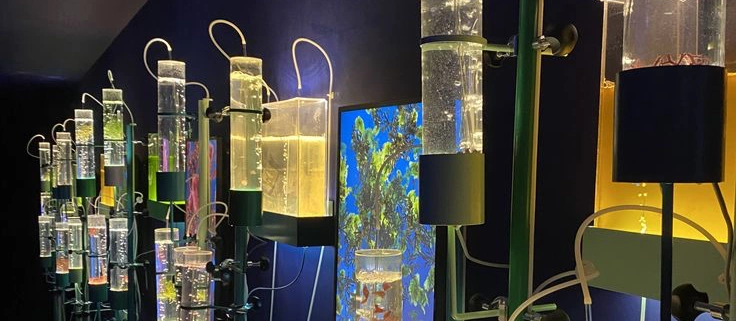
- Saving Lives — healthcare, biotechnology, and inclusive society
- Empowering Lives — AI, quantum technology, and education innovation
- Connecting Lives — sustainability, biodiversity, and smart cities
The Expo will present cutting-edge ideas and solutions — from autonomous transport and robotic homes to neuro-interfaces and digital avatars.
What Makes Expo 2025 Unique
- Yumeshima Island — a specially developed futuristic venue in Osaka Bay
- Country Pavilions — over 150 nations will showcase their culture, technology, and future visions
- The Ring — an iconic circular building that will define the architectural identity of the Expo
- People’s Living Lab — an open lab where visitors can engage directly with real-world experiments and innovation
- Digital Participation — a full online experience with virtual pavilions and exhibitions for global access
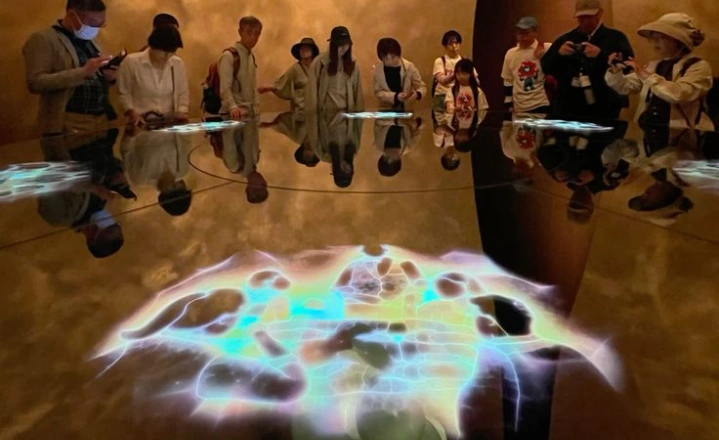
Over 28 million people are expected to participate, both in person and online.
Why It Matters
In an era of complex global challenges — from climate change to aging populations and technological gaps — Expo 2025 offers a platform not just for discussion but for action. It encourages collaborative thinking and shared solutions that can be implemented around the world.
Japan, with its unique blend of advanced technology, deep traditions, and social harmony, offers an ideal setting for this kind of global event.
Expo 2025 Osaka invites the world to look forward — not to a fantasy, but to a tangible future that we can design together. Through innovation, cooperation, and a shared desire for a better life.
Summer always comes with a mixed bag of fitness advice. You hear the usual clichés about “getting beach ready” or “dropping those last five pounds.” But honestly, summer fitness has evolved beyond just the superficial goals. For me, it’s about balancing practicality with style — showing up in comfortable gear that actually works while still feeling like you didn’t just roll out of bed. It’s also about adapting to the heat and shorter days outside. My routine now includes early morning runs before the sun fully wakes up, and late evening walks to cool down — no more midday torture sessions under blazing heat.
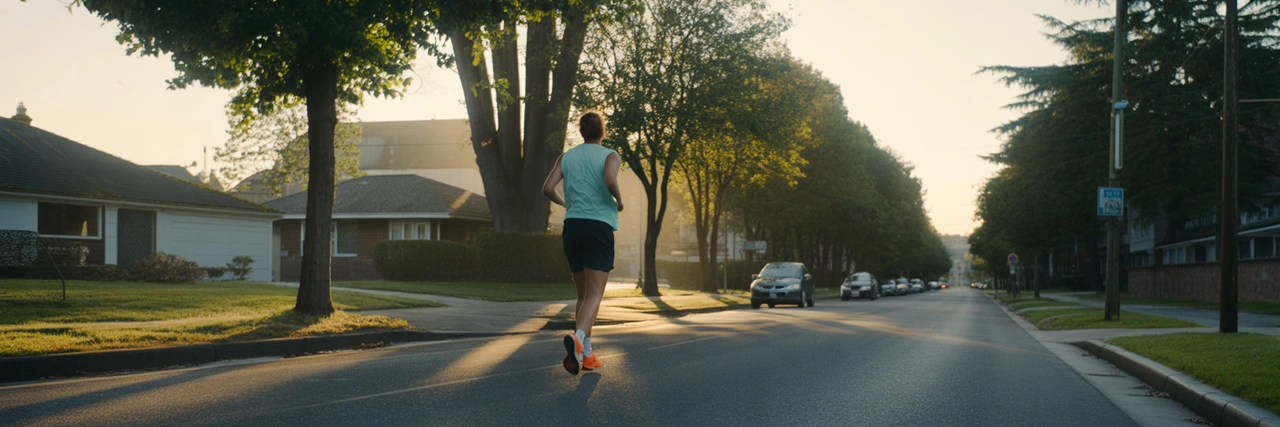
What’s also changed is how fashion integrates with fitness. The old bulky sweatsuit look gave way to sleek, breathable fabrics that double as casual wear. You’ll spot people walking around in seamless workout tees and shorts designed for both performance and the coffee run afterward. This blend of utility and style isn’t just convenient; it’s a reflection of how much the culture has shifted. Fitness is no longer a separate “activity” but part of everyday life.
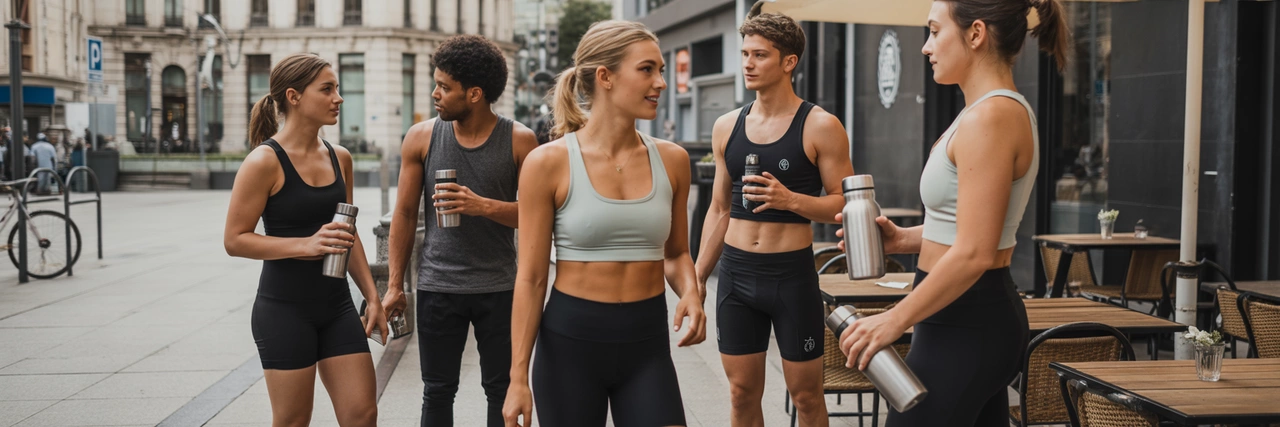
And while I’m all for tech tracking, I’ve learned not to get obsessive. It’s tempting to check every calorie or step, but the real win is consistency and listening to your body. Summer, with its longer daylight, naturally encourages more movement without forcing yourself into rigid schedules. It’s also a good excuse to meet friends outdoors, swap workout ideas, or even try something new like paddleboarding or beach volleyball. This season reminds me that fitness doesn’t have to be a grind; it can be a part of enjoying life.
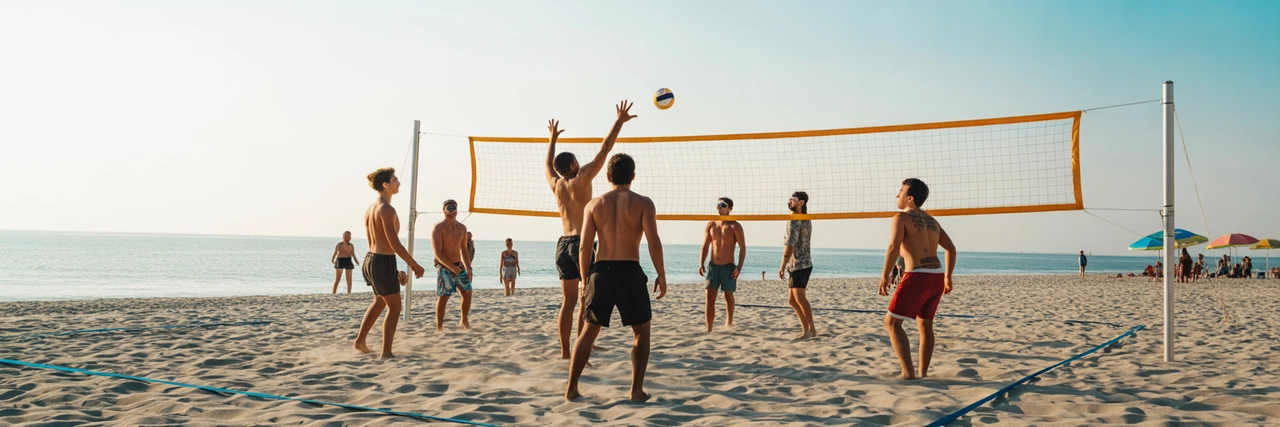
If I had to choose one word to define Paris Fashion Week Spring/Summer 2025, it wouldn’t be “elegance,” “avant-garde,” or even “innovation.” It would be: reflection.
Paris, the historical heart of haute couture, has always been a city where fashion speaks louder than words. But this season, the message wasn’t just about aesthetics or trend forecasting — it was about holding up a mirror to who we are and where we’re going.
After a few turbulent years of aesthetic disorientation — think “core” trends flaring and fading in TikTok time, AI-generated garments flooding digital showcases, and a thousand debates about sustainability that felt more performative than practical — the SS25 shows offered something radically different: depth.
Take Maison Margiela, for instance. John Galliano’s latest collection was nothing short of a visual poem. Gone were the theatrics for their own sake; instead, models walked a rain-slicked runway in garments that seemed to whisper instead of scream. Frayed silks, reworked archival tailoring, and biodegradable embellishments spoke of impermanence, memory, and care — not just for the planet, but for history and craft.
Balenciaga, ever the disruptor, surprised everyone by going tactile. After years of exaggerated silhouettes and ironic statement pieces, Demna presented a muted, contemplative collection grounded in wearability and — dare I say — vulnerability. Slouchy linen suiting, textured cottons, and recycled denim reflected not post-apocalyptic despair, but a kind of emotional softness. One look in particular — a sand-colored coat with hand-sewn seams exposed like stitches in skin — felt like an open wound dressed beautifully.
But perhaps the most talked-about show was Marine Serre’s, and not for shock value. Her presentation, staged in a solar-powered open-air greenhouse on the outskirts of Paris, was a living, breathing testament to regeneration — both ecological and cultural. Models walked barefoot on moss-covered ground, wearing garments made from upcycled sportswear, vintage silks, and even deadstock bridal lace. It wasn’t just a runway show. It was a statement of values. A manifesto.
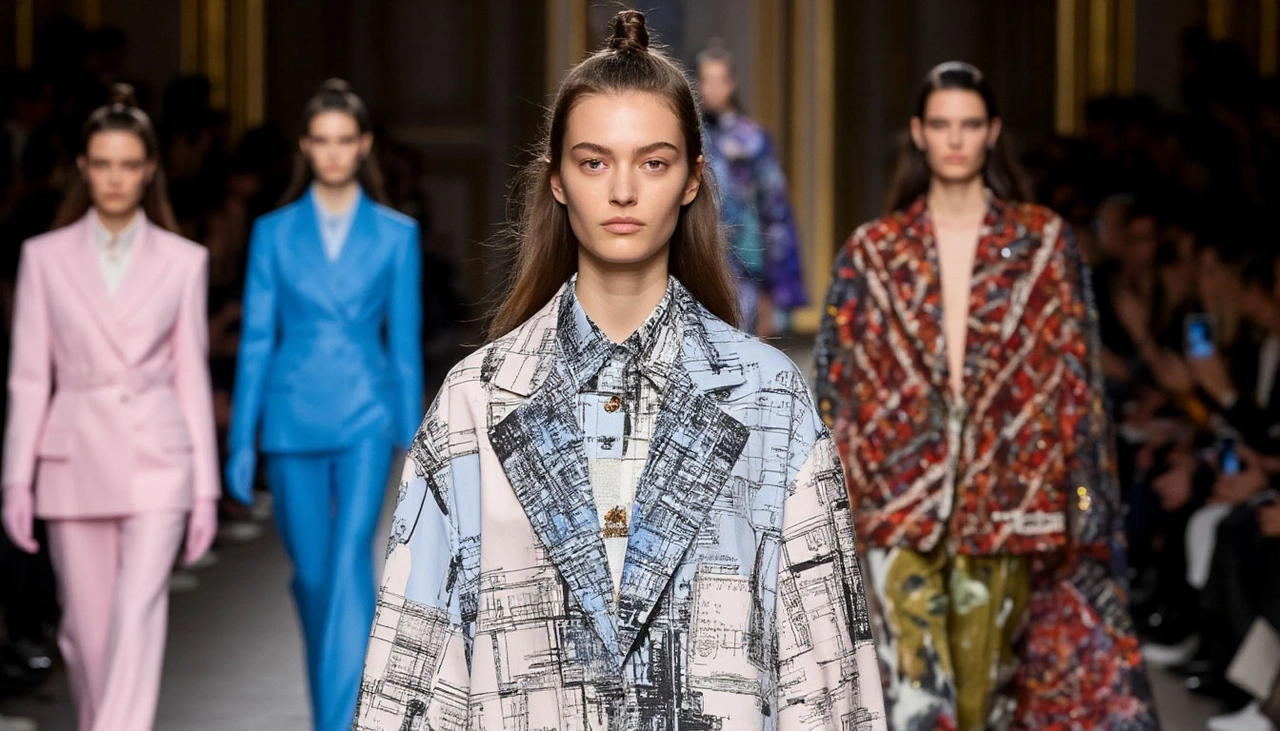
So what does all this mean for fashion lovers like us — the ones who don’t just watch fashion but live inside its rhythm?
It means that style is no longer separate from substance. We’re moving past fashion as fantasy into fashion as function — not just in utility, but in emotional resonance. There was a time when fashion week was primarily about aspiration. You watched, you dreamed, and you maybe bought the fragrance. But in 2025, shows are built around participation. Sustainability isn’t a feature — it’s a foundation. Inclusivity isn’t tokenized — it’s embodied.
This year’s Paris Fashion Week also reflected another major shift: the role of technology in fashion has matured. No longer a gimmick, digital design tools, AI-assisted patterning, and even blockchain-backed material tracking were integrated into the collections — invisibly, intelligently. Instead of digital avatars walking in cyberspace, we saw human bodies in human spaces, enhanced (not replaced) by tech.
For me, one of the most moving aspects of this season wasn’t on the catwalk at all. It was in the conversations that buzzed afterward — in cafés, on social media, in voice notes shared between fashion students and editors. People weren’t just discussing what the designers did, but why. There was dialogue. Curiosity. Even disagreement — which, in fashion, is a sign of vitality.
2025 may not be the flashiest year in fashion history, but it might just be one of the most important. It’s the year the industry collectively asked: Who are we serving? What are we reflecting? Are we reacting — or responding?
As someone who’s followed fashion my whole life — through the Tumblr era, the influencer explosion, the digital runway revolution — I can say this confidently: something’s shifting. The shows in Paris this season felt like the start of a new chapter. One where beauty isn’t just about image, but about impact. And where the clothes we wear carry not just a designer label, but a deeper story.
And maybe that’s what fashion should’ve been all along.
If you’ve been paying attention to fashion lately, you’ve probably noticed that 2025 isn’t about shock value, eccentricity, or even trends in the traditional sense. It’s about pause. About exhale. About rethinking not just what we wear — but why we wear it.
After several years of global upheaval — from pandemics to climate anxiety to economic turbulence — fashion seems to be regaining its breath. No, it hasn’t become boring. But it has become quieter, more intentional, more introspective. And within that silence, a new set of questions emerges — questions fashion has long avoided. Why do we wear what we wear? What’s behind the fabric, the cut, the brand? Who gets to belong in fashion, and who’s still left on the outside?
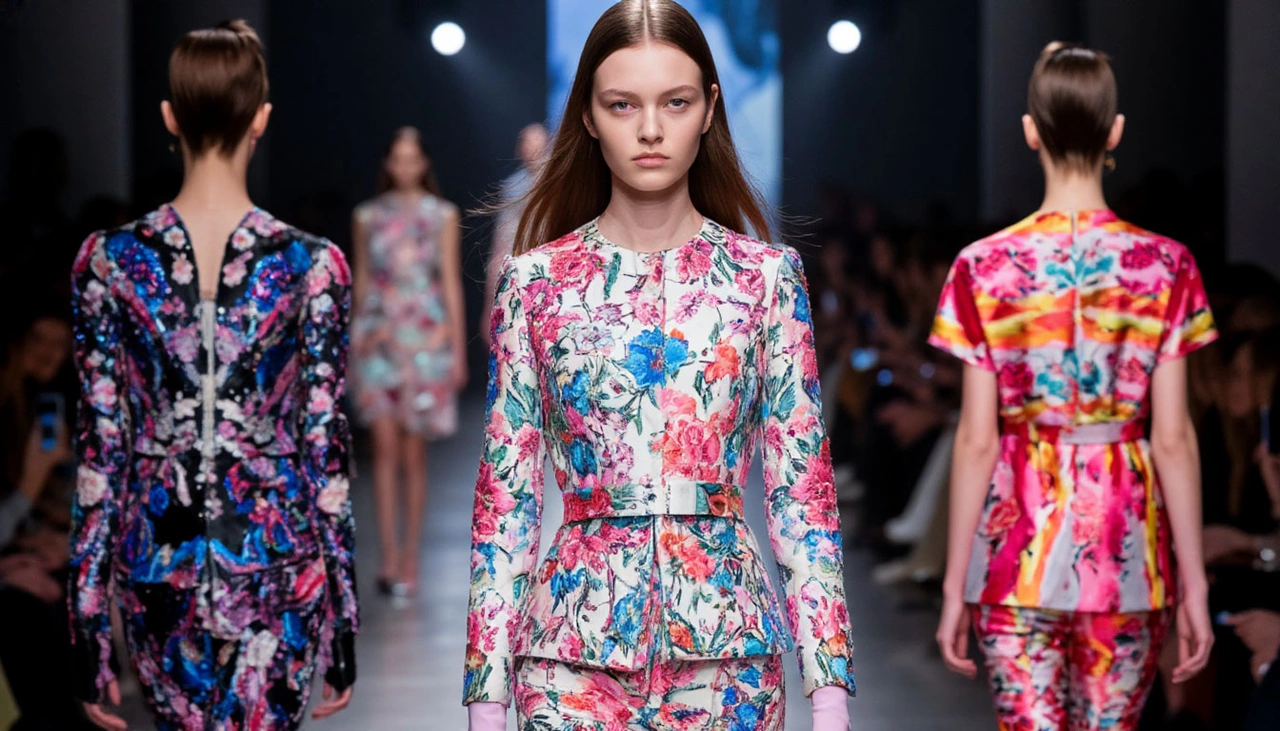
Silence as the New Luxury
The most powerful trend this year isn’t visual — it’s philosophical. It’s slowness. Brands are stepping away from the frantic pace of collections and fashion calendars. Words like timeless, seasonless, and essential dominate the conversation. Garments are becoming investments again — not just trophies from the latest hype cycle.
Take Bottega Veneta’s Spring/Summer 2025 collection: it’s a love letter to craftsmanship. No gimmicks, no flash — just texture, shape, and quiet. Jonathan Anderson at Loewe offers reimagined classics through form and feel. Even Balenciaga, once the provocateur of fashion shock, is embracing a new kind of restraint — nearly philosophical in tone.
Fashion is no longer shouting. And that, in itself, is a bold statement.
Identity: Not a Mask, But a Space
The old idea that “fashion is self-expression” is evolving in 2025. It’s no longer just about choosing between skirts and pants. It’s about navigating identity between cultural codes, social cues, and digital layers. More than ever, clothing has become a space where we can be ambiguous, vulnerable, and unresolved.
Young designers — from AREA to rising brands across Latin America and Asia — are creating clothes that don’t impose gender, style, or status. They offer flexibility, fluidity, openness. The 2025 aesthetic isn’t just about layering fabric — it’s about layering meaning.
Digital, Physical, and the Body in Between
Tech is still on the runway, but with more nuance. The days of metaverse hype and NFT fashion drops are fading, replaced by something more hybrid and grounded. Designers are now exploring digital-physical pairs as tools for everyday function, not just spectacle. You might wear a dress in real life and its AR counterpart lives with your avatar — not as a novelty, but as a natural extension.
This evolution changes how we perceive the body, too. It no longer has to be ideal. It can be scanned, reshaped, interpreted — both digitally and physically. Fashion in 2025 is no longer about “displaying” the body, but about “experiencing” it. We’re not dressing for others’ gaze — we’re dressing for our own inner resonance.
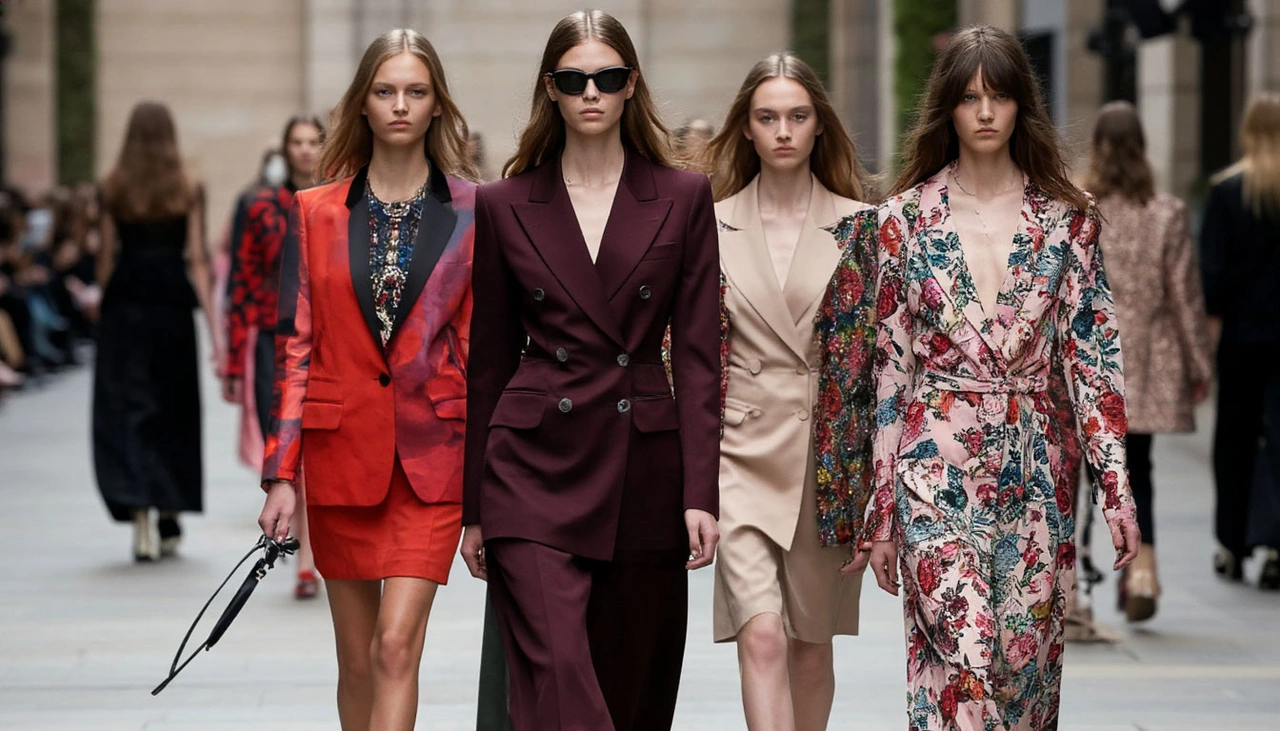
Sustainability: From Buzzword to Ethos
“Sustainability” has echoed through the industry since the early 2010s. But in 2025, it finally feels lived-in, not just branded. Brands aren’t just using recycled fabrics; they’re rethinking supply chains, production cycles, and the very idea of ownership.
What inspires me most is the rise of local craftsmanship, micro-batches, and transparent production. It’s no longer about made in Italy — it’s about made with time. Consumers are asking smarter questions: Who made my clothes? How were they paid? What happens to this garment when I’m done?
Fashion as a Mirror, Not a Megaphone
Ultimately, fashion in 2025 reflects not just what we want to wear, but how we want to live. It has become quieter, smarter, more layered. We no longer chase looks — we search for feeling. Clothing, in this new era, becomes a second skin — not just to the body, but to the soul.
As someone who follows fashion not for the glamour but for the meaning, I find this deeply hopeful. For the first time in years, fashion isn’t dictating — it’s listening. It’s not offering ideals — it’s asking questions. And that makes it not just beautiful, but truly alive.
Paris Fashion Week Men's Spring/Summer 2025 begins June 18, turning the city into a magnet for editors, buyers, and designers. The six-day event features both heritage houses and avant-garde newcomers. This season places emphasis on fluid silhouettes, sustainable materials, and a continued fusion of tailoring with sportswear. Notable shows from Dior, Louis Vuitton, and Loewe return, alongside emerging brands like Egonlab and Botter—marking a strong generational shift in aesthetic and tone.
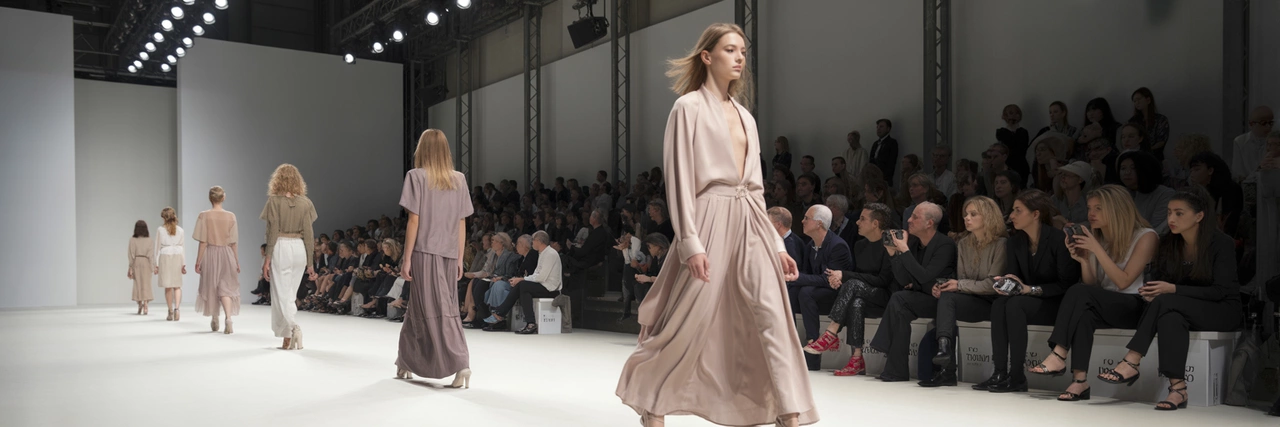
The schedule is a carefully orchestrated blend of grandeur and experimentation. Louis Vuitton will present its latest collection at the Musée d'Orsay, continuing Pharrell Williams' bold vision for the house. Meanwhile, designers like Wales Bonner and Marine Serre will use off-site venues like disused factories and courtyards to connect fashion with urban narrative. These physical spaces are chosen not just for style but for storytelling, rooting clothing in place and context.
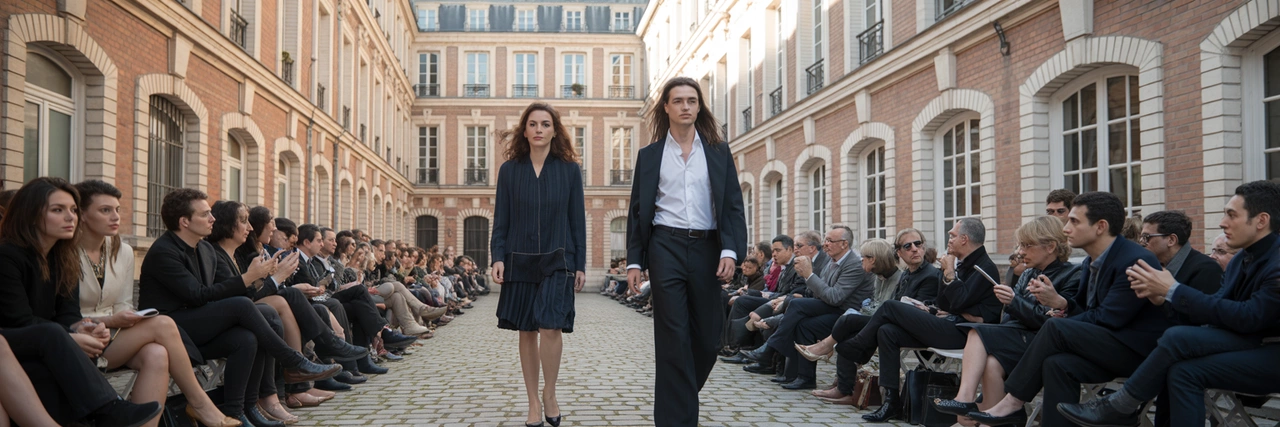
Street style outside the venues becomes a show in itself. Influencers, stylists, and artists parade layered textures, distressed denim, sculptural bags, and reworked classics. Photographers swarm entry points like Place Vendôme and Rue de Rivoli, capturing how global fashion interprets Paris through its own cultural lenses. The sidewalk becomes a canvas—less curated than the runway, but no less deliberate.

This season, sustainability continues to shift from a buzzword to a standard. Labels like Lemaire and Casablanca are showcasing pieces made from plant-dyed fabrics, deadstock materials, and biodegradable composites. It's no longer about performative gestures, but a slow, visible integration of values—how clothing is made, sourced, and discarded is now part of the design process itself.

As always, the week ends not with closure, but with momentum. The collections shown here will influence retail, design schools, and editorials globally for the next year. Paris holds onto its title not because it chases trends, but because it sets them—with craft, context, and clarity. This is where fabric becomes narrative, and a jacket can be philosophy stitched in linen.

Look, sports are cool. But sports combined with fashion? That’s almost art. Nowadays, no one just hits the gym to pump muscles. People want to look good, get noticed, and, obviously, get those Instagram likes. Sports fashion stopped being about comfort and turned into self-expression and style. Sometimes it feels like some people don’t even work out—they just rehearse their runway walk.
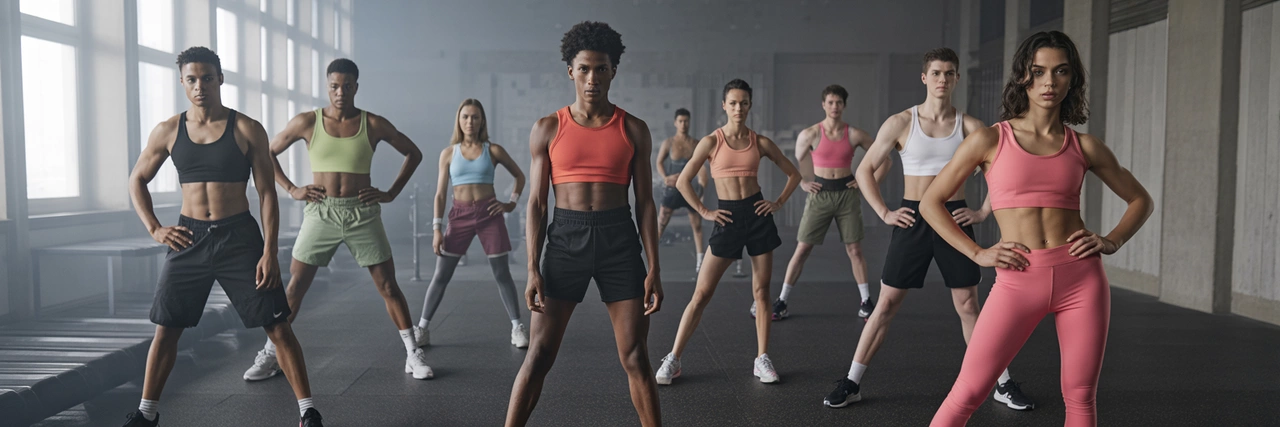
Here’s the deal: the sportswear market is a massive industry making billions every year. Brands like Nike, Adidas, and Puma figured out it’s not just about fabric tech but also about visual wow-factor. They blend sports and streetwear, creating collections you want to wear not only at the gym but also at parties and even dates. Sports became a lifestyle that sets the rules.
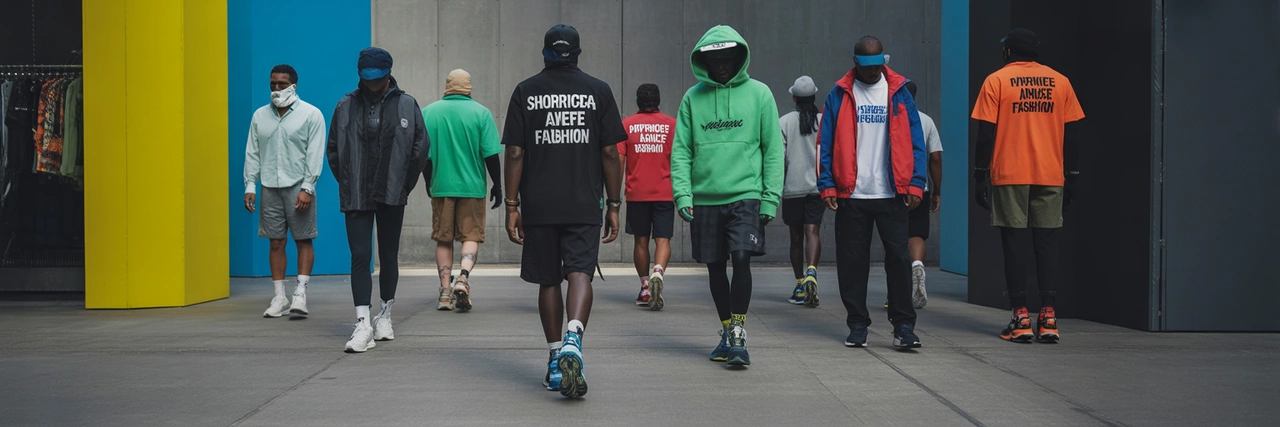
But not everything’s perfect. Sometimes sports fashion spawns ridiculous trends — like those crazy leggings with see-through panels or sneakers that look like aliens designed them. Memes mocking these trends explode online, roasting the “fashionistas” of the gym. The irony? Even sports fashion became meme fuel — funny and sad at the same time.
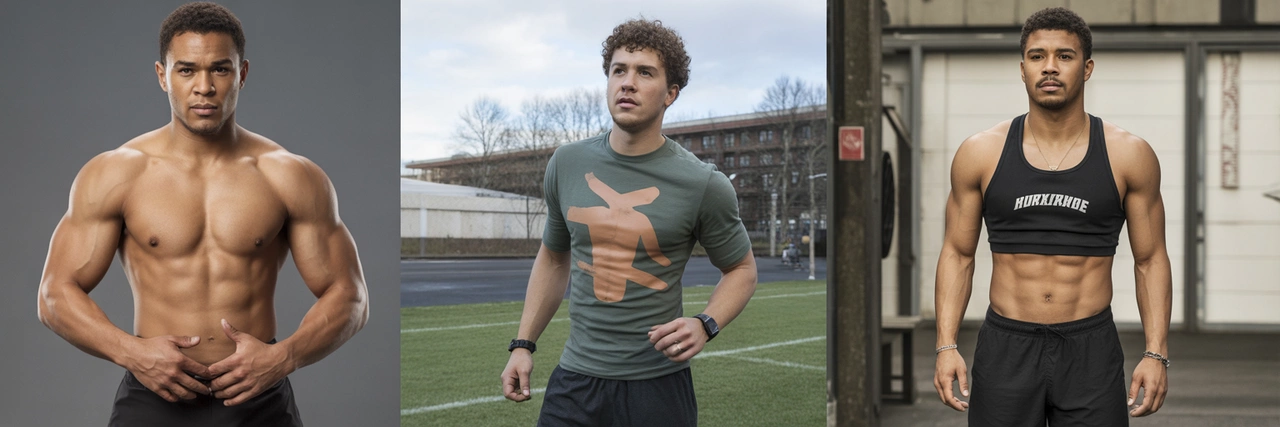
For me, sports and fashion aren’t just about looks. They’re about attitude — towards yourself and the world. When you pick your gym outfit, you’re already telling a story to the people around. And if you can laugh at the fashion blunders and not take it all too seriously — then life’s pretty good. Because life’s too short for bullshit, but long enough to laugh at it.
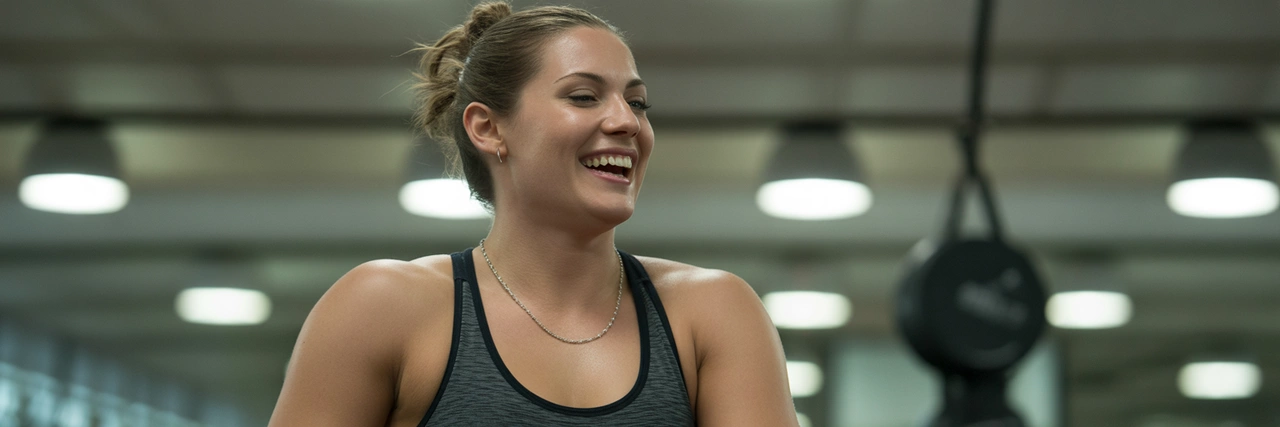
A bold, high-contrast digital artwork featuring athletes and influencers mixing ultra-fashionable sportswear with gym equipment, with graffiti-style meme icons and neon highlights — capturing the clash of performance and style.
Fashion once belonged to the elite — designers, runways, glossy magazines dictating trends that mere mortals scrambled to follow. But today, the internet rules, and memes have taken over the catwalk. The ironic potato sack look? It’s not just laziness or thriftiness. It’s a bold, deliberate choice screaming, “I reject traditional fashion, yet I demand your attention.” It’s anti-style turned couture by sheer confidence and a wink at the absurdity of it all. Wearing that sack is a way to tell the world you’re too cool to care but smart enough to make it look intentional. Memes have been chronicling this rebellious spirit, turning the mundane into iconic moments of cultural commentary.
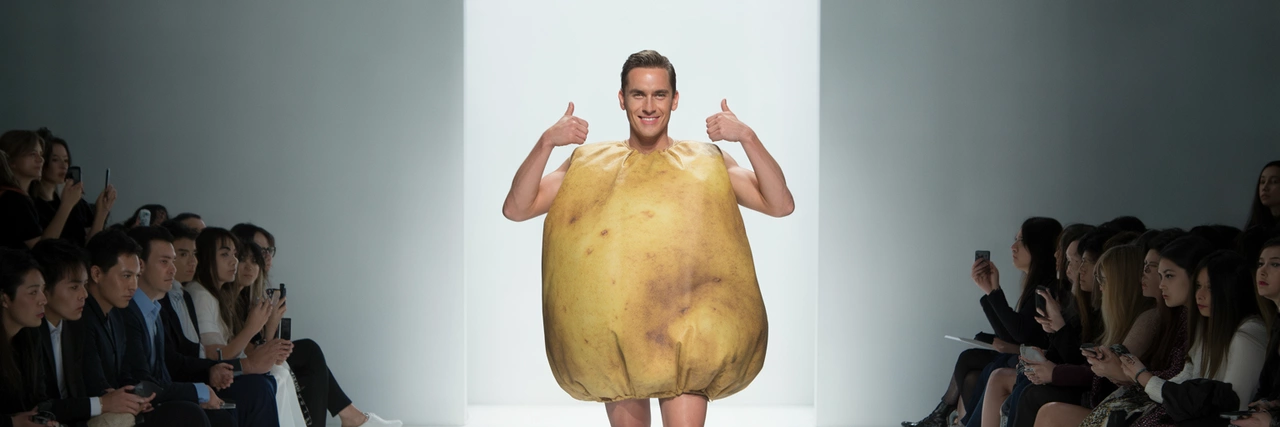
Then there’s the enigmatic charm of normcore infused with existential dread. The muted tones, the blank stares, the beige palette — all are less about blending in and more about silently screaming into the void. Dressing like you’re ready to disappear is an existential fashion statement meme culture has perfectly captured. It’s the wearer's subtle confession that beneath the neutral exterior lies a storm of thoughts and feelings, a philosophical sigh against a hyper-connected, hyper-performative world. Memes put a humorous spin on that internal struggle, making the invisible visible through ironic captions and shared experiences.
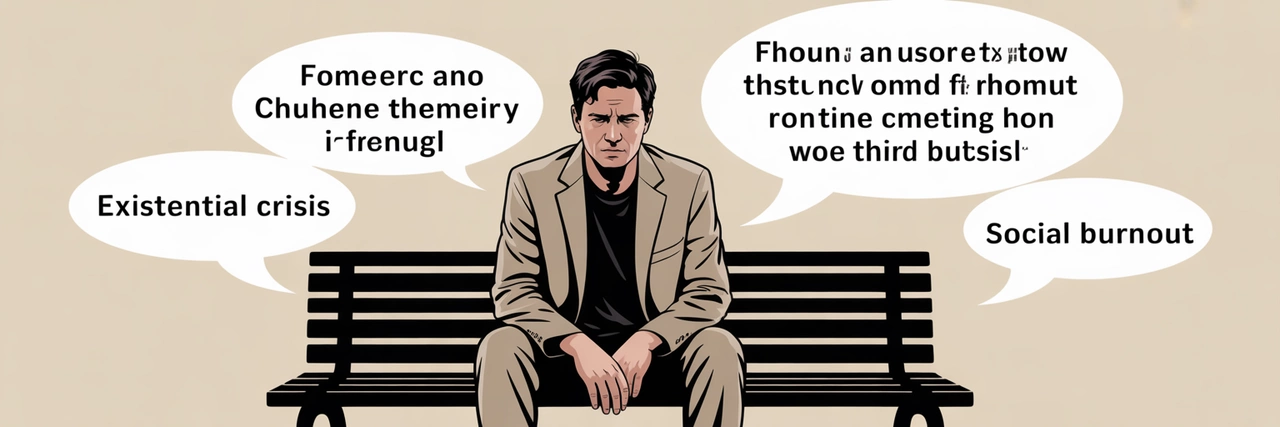
Now, the “runway look for buying milk” might sound ridiculous — but isn’t that exactly why it’s brilliant? Avant-garde meets everyday necessity. This look mocks the over-the-top fashion industry while celebrating the real-world hustle. Wrapping high fashion with grocery bags, blending couture with the mundane errands, captures the essence of modern life: practical, sarcastic, and unapologetically messy. Memes love this contradiction because it’s relatable — nobody’s perfectly styled all the time, and that’s where the humor lies. It’s a sartorial shrug that says, “I’m stylish enough to care but lazy enough not to.”

Layering too many scarves and clothes isn’t just a winter strategy — it’s emotional armor. Hiding beneath those layers is a cocktail of sarcasm, defense mechanisms, and a bit of social anxiety. Memes nail this vibe perfectly, showing us how clothing becomes a tool not just for warmth, but for keeping the world at arm’s length. The layers mask vulnerability and give the wearer a shield of nonchalance. It’s fashion as a defense mechanism, with humor as its sharpest weapon.
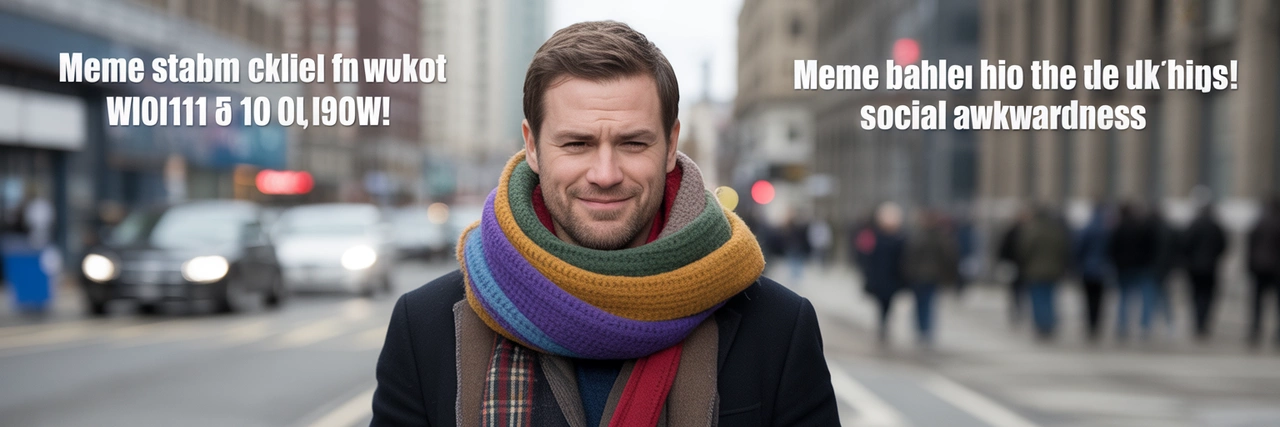
Finally, the “trendy but tired” aesthetic: sharp eyeliner meets soul exhaustion. Keeping up appearances takes a toll, and memes have captured that blend of polished exterior and internal fatigue better than any beauty editorial ever could. It’s the look of someone who has mastered the art of looking awake while feeling completely drained inside. It’s relatable, brutally honest, and funny — a testament to how memes have become the voice of our collective burnout, turning exhaustion into a shared cultural joke.
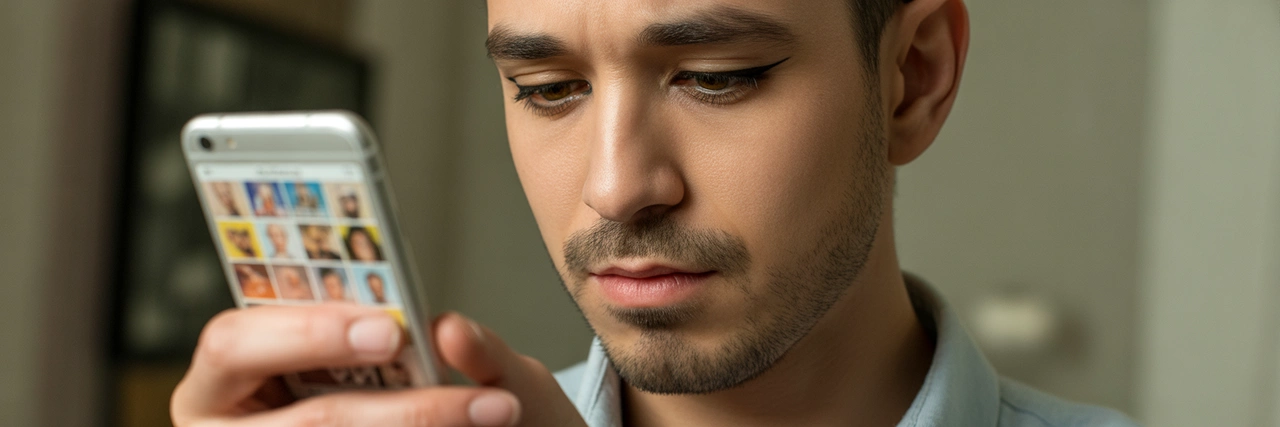
We all have skeletons in our closet. Mine just happen to be wearing neon pants and faux fur vests. Over the years, my fashion choices have ranged from “bold” to “cry for help disguised as confidence.” And while I’d love to pretend I burned the evidence, I keep those looks in a mental photo album labeled: What Were You Even Trying to Say, David?
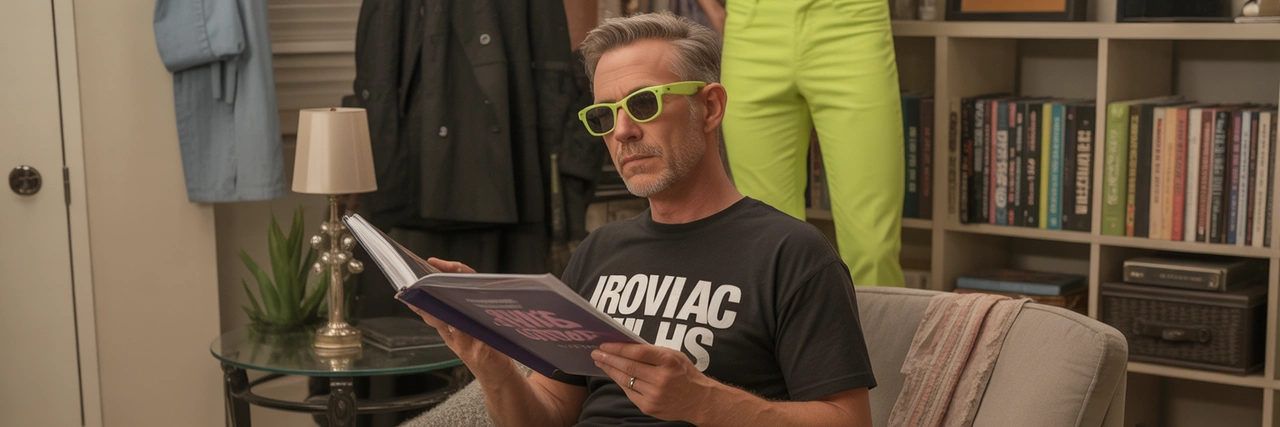
Let’s talk about the sleeveless turtleneck. Yes, it existed. Yes, I wore it unironically. For one month in 2013, I thought I was redefining structure and softness. What I was actually doing was confusing everyone within a 10-foot radius. The compliments were fake. The photos live forever. I still think about her… the turtleneck, not a person.
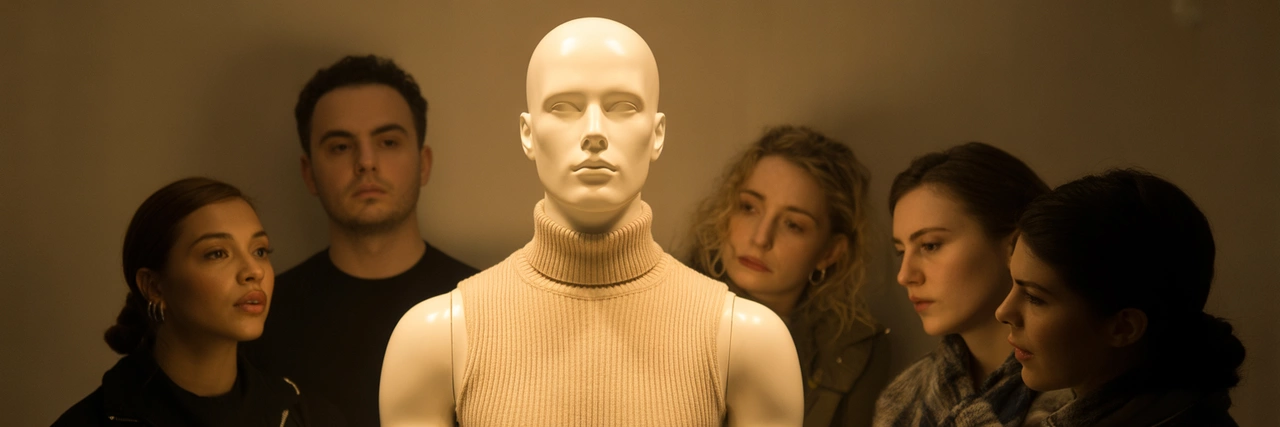
There was also the time I tried to “bring back” ankle-length cargo shorts. Why? Because rebellion. Because pockets. Because no one asked for it and that made it art. Somewhere, there’s a photo of me looking like a divorced camp counselor with a Bluetooth headset and tragic optimism. I have no regrets. Except maybe the socks.
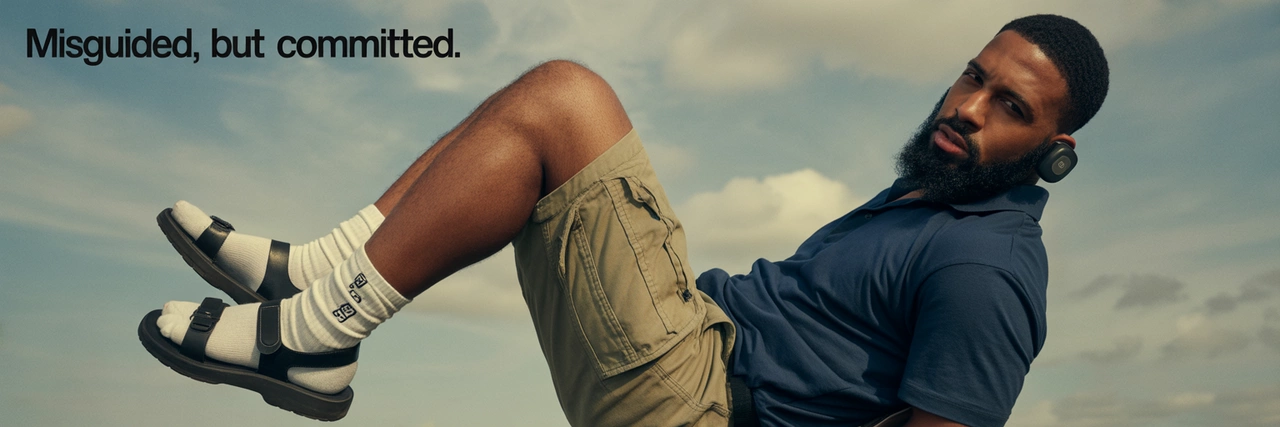
Of course, no trip down fashion-shame lane is complete without mentioning “The Poncho Era.” It was warm. It was flowy. It screamed “Don’t touch me, I’m mysterious and possibly fragile.” I wore it to three social gatherings and two existential crises. A poncho is basically a wearable boundary, and I respect that.
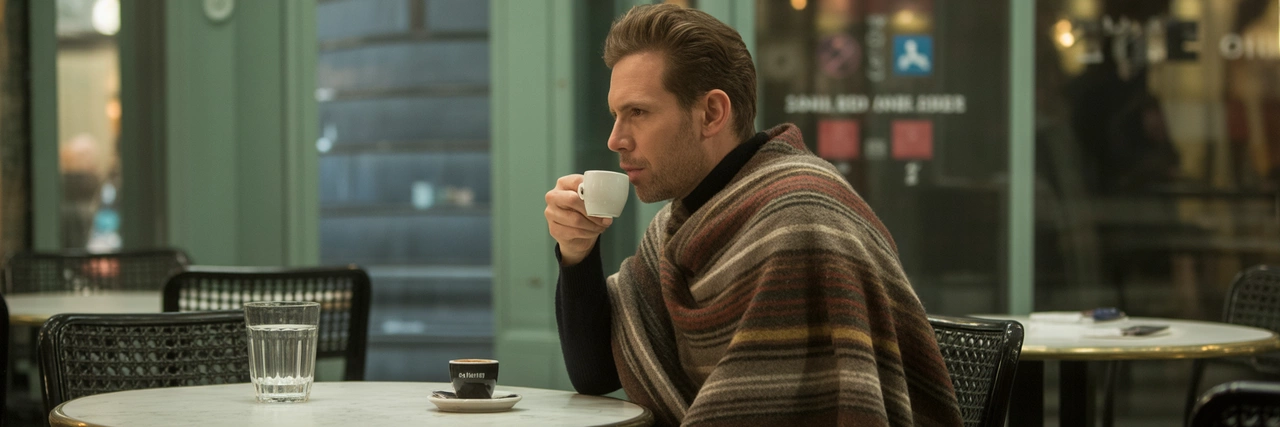
Look, fashion is trial and error — mostly error if you’re doing it right. Every fashion faux pas I’ve made is just another brick in the stylish, sarcastic fortress of my personality. Regret? Rarely. Cringe? Constantly. But if your outfit doesn’t slightly haunt you five years later, did you even evolve?
